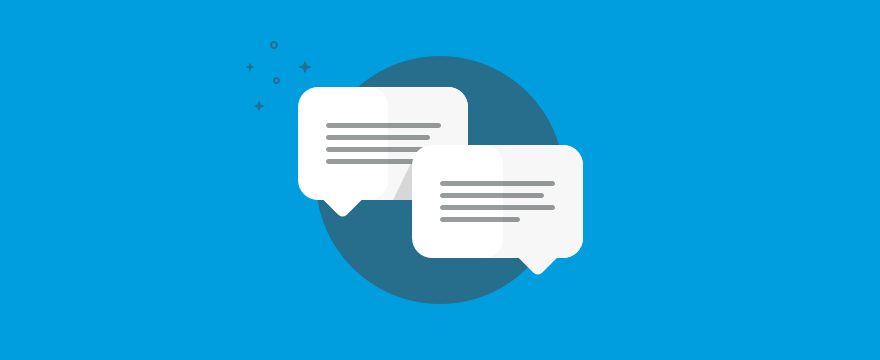
AI Assimilation: Resistance is futile…or is it?

AI Assimilation: Resistance is futile…or is it?

Mike McBride
The Cowbell Agency
The following section was created with the help of ChatGpt…but can you tell if the claims are valid or simply pulled from misinformation that is generated daily on the truth-challenged World Wide Web.

-
Enhanced Efficiency and Productivity – Creating compelling content requires considerable time and effort. With ChatGPT, businesses can streamline content creation processes, reducing the time spent brainstorming ideas, researching topics, and crafting copy. The AI-generated content can act as a valuable starting point for writers and marketers, enabling them to focus on refining and customizing the output to suit specific brand requirements. This improved efficiency translates into cost savings and higher productivity for businesses.
-
Quick Idea Generation – Staying creative and continuously generating fresh content ideas is a challenge for any marketing team. ChatGPT becomes a powerful ally in brainstorming sessions, providing an endless source of ideas and concepts. Marketers or business owners looking for ideas can prompt the AI with specific topics or questions to receive unique perspectives and novel angles, sparking inspiration for their content strategies.
-
Consistent Brand Voice – Maintaining a consistent brand voice across various communication channels is crucial for brand identity and recognition. ChatGPT can be trained to match a company’s specific tone, style, and language preferences. This ensures that the AI-generated content aligns seamlessly with the brand’s image, delivering a consistent experience to the audience, whether it’s a social media post, email newsletter, or website content.
-
Lack of Contextual Understanding: ChatGPT processes text based on patterns in the data it was trained on, without a deep understanding of context. This can lead to responses that appear coherent but are factually incorrect or nonsensical in certain situations. Meaning the technology can skim the surface, but cannot go deep in the details which ultimately helps the reader relate specifically to the offering or content.
-
Bias and Fairness Issues: Language models like ChatGPT can inadvertently perpetuate biases or discriminatory language present in the data used, potentially reinforcing harmful stereotypes and viewpoints.
-
Inappropriate Content Generation: There is a risk that ChatGPT might generate content that is inappropriate, offensive, or harmful, especially when given certain prompts or when interacting with users who attempt to exploit the model’s weaknesses.
-
Ethical & Legal Concerns: Users may not be aware that they are interacting with AI, leading to potential deception and manipulation.


